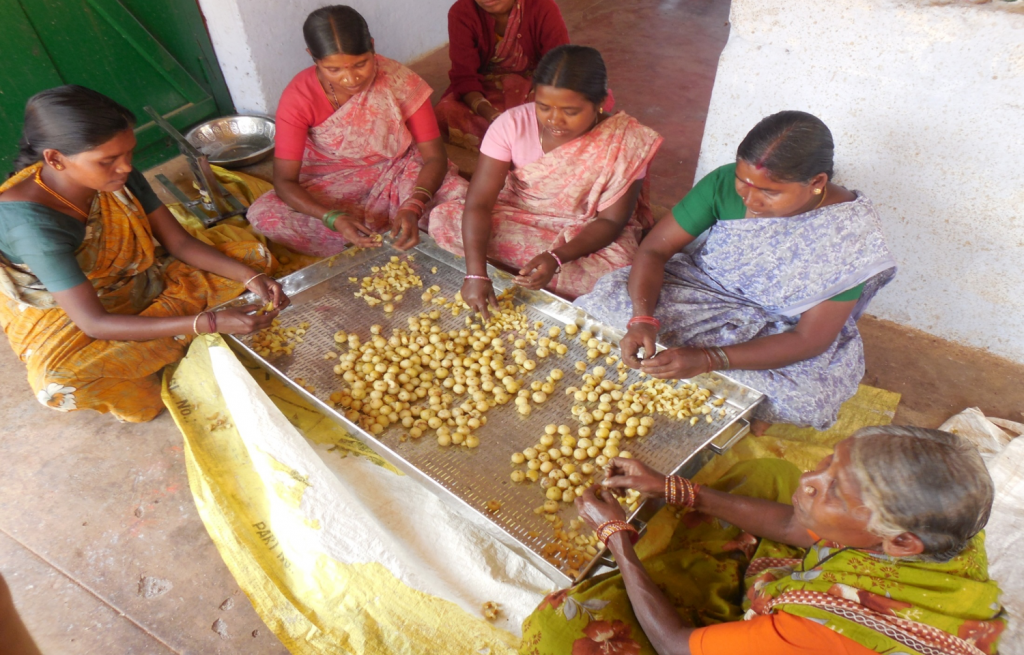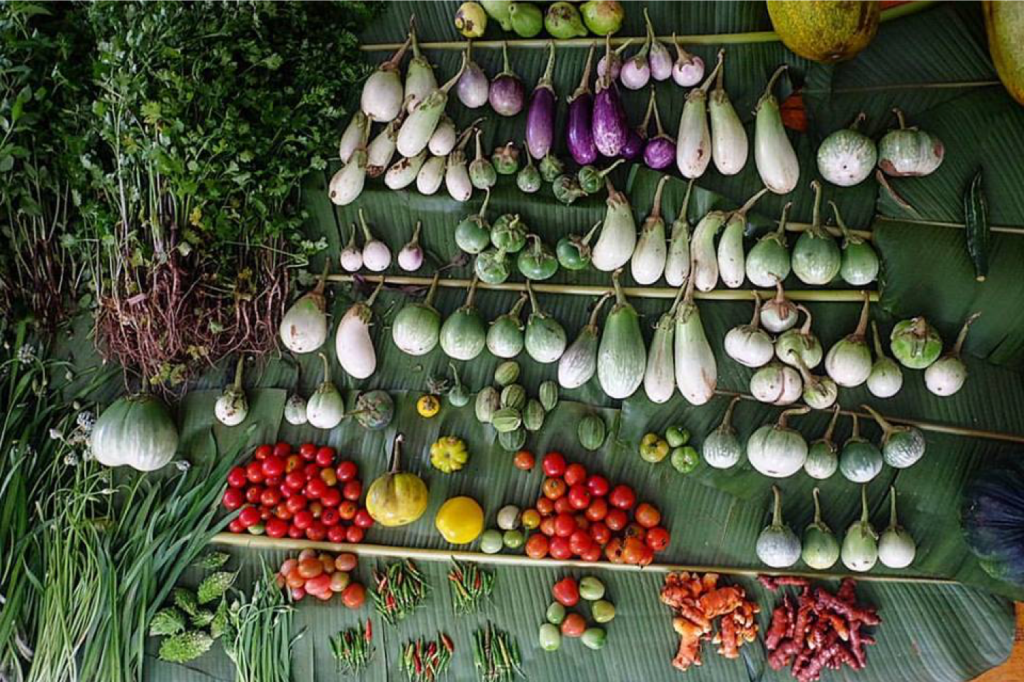How do we overcome the challenges of community enterprise initiatives?
It’s easy to understand why most people never associate lucrative businesses with forests and indigenous groups. We like to associate big businesses with the destruction of natural resources and the traditional way of life. But did you know there are businesses that not only benefit forest-based communities, but also ensure that their environment thrives along with their commercial efforts?
These are what we call community-based forest enterprises or CFEs. Since indigenous communities often rely on forests and trees as sources of food, fuel, medicine, materials and other commodities, it makes sense that they can also be sources of income too. By definition, CFEs are usually overseen by a credible representative group that both manages the business and ensures the generated profits are redistributed within the community. Plenty of studies and cases have already shown how these locally-owned forest business organizations provide significant economic, social and environmental benefits to the community when provided with enough support.
Here’s the catch–CFEs are often small-scale, limited in scope and face problems competing in a modernized society. These communities usually lack the necessary capital and technical know-how to establish a presence with consumers or market their goods beyond their immediate localities. Their geographical isolation means they can easily fall victim to predatory middlemen, meanwhile the lack of awareness for CFEs means there is little policy support from governments to ensure their sustained business.

In response, various organizations and groups have pushed forward ideas that can help bridge the distance between forest communities and the consumer public. While there is no blanket solution that is guaranteed to work for every enterprise in every community in every country, there are a few steps that can be taken by key decision-makers in order to ensure the sustainability of CFEs.
Creating an enabling policy environment is among those steps deemed most vital. Government regulations that impose unfairly against traditional practices of indigenous communities may even exacerbate food and environmental security issues in forest communities. Take for example the situation of the Hin Lad Nai community in Thailand. The community was first ostracized for their insistence on their traditional rotational farming method, which was often mistaken for illegal slash-and-burn agriculture. With the help of youth-led initiatives in social media, the Hin Lad Nai were not only able to improve their reputation in the region, they have also shared their knowledge and experiences with other indigenous communities across Thailand. Though their practices may be rooted in ancient knowledge, it has allowed them to communicate the story of their people, while showcasing to the world that old doesn’t always mean obsolete.
There is also a need to ensure that income from forest products can support the growing needs of forest-based communities. CFEs are often at a disadvantage compared to ‘regular’ small and medium commercial businesses. In many cases, the communities are unaware of value adding, a process wherein raw materials are processed to make products worth significantly more than the production costs. For example, if a community uses a forest product only for subsistence, they may be unaware of preservation methods that improve the shelf life of their products since they tend to consume them immediately. They might also be unaware of packaging methods to deliver products over long-distances. When the time comes to sell those products, they may become undesirable because they could be damaged or spoil far quicker than other commercial goods, thus driving prices and community profits down.

Since forest communities tend to live in geographic isolation, the people are also mostly unaware of the conventions we are used to in urbanized regions. They may be unaware of, for example, the need to have products tested and approved by government officials before they can be sold. They may not know about advertising practices or how to address fluctuating consumer demand. This is where concerned organizations can intervene and act as a liaison between the community members and the consumers. They can share their expertise and knowledge, create effective marketing strategies and handle bureaucratic processes so the community can focus more on what they do best.
That scenario is exactly what the community producer company Aadhimalai has accomplished in India. Working closely with indigenous community members, the company developed effective business strategies to create market awareness and streamline the procurement and production process. The result? An estimated turnover of 11.7 million rupees (around 163,000 US dollars) for the benefit of more than 3000 families in 160 villages.
CFEs must also be empowered when it comes to dealing with corporations, conglomerates and other major enterprises. It is no secret that competition with huge commercial businesses with virtually limitless resources can be the death knell for small, fledgling enterprises. This scenario emphasizes the need for communities to work together, and organize in order to make sure that their presence is felt in the consumer market and in the policy table. Such was the case for the smallholder farmers in Laos who own less than 10 hectares of land and rely almost entirely on family labor. Faced with competition from big agri-enterprises, they have organized themselves into a network which has allowed them to communicate efficiently, acquire support and improve their skills in operating their businesses.

Green intermediaries can have a significant impact in empowering communities and providing credibility to enterprises. As the case was with CustomMade Crafts Center in the Philippines, much of their work involved design clinics, product development, consumer campaigns and improving relations with business and government partners.
Concrete and sustained engagement with players in the different levels of the public and private sector is critical if we are to make CFEs an effective way of addressing social, economic and environmental issues in forest communities. Community empowerment works in all levels of development. While those in the grassroots must continue exchanging knowledge and providing support to their respective communities, those working at the policy level must ensure they are guaranteed programs that support the formation, development and connectivity of CFEs in the region.
Finally, the general public can help by raising awareness on forest products and the communities that make them. Consider purchasing products that directly benefit indigenous groups and forest communities. Who knows? Maybe you’d find it better than the mass-produced goods you’re used to buying before, except now you’re also helping a hardworking community thrive living in the forests they call home.
The preceding article was lifted from the discussions held at the Asia Pacific Forestry Week 2019 Stream 4 partner event in Incheon, South Korea entitled “Ensuring Quality and Value through Empowering Community Enterprise Initiatives in the Forest Products Trade in the Asia Pacific Region.” It was held last 19 June 2019 and was organized by NTFP-EP Asia in partnership with the Swiss Development Cooperation through the ASEAN-Swiss Partnership for Social Forestry and Climate Change.
Article by Robin Bustamante, NTFP-EP Asia.




